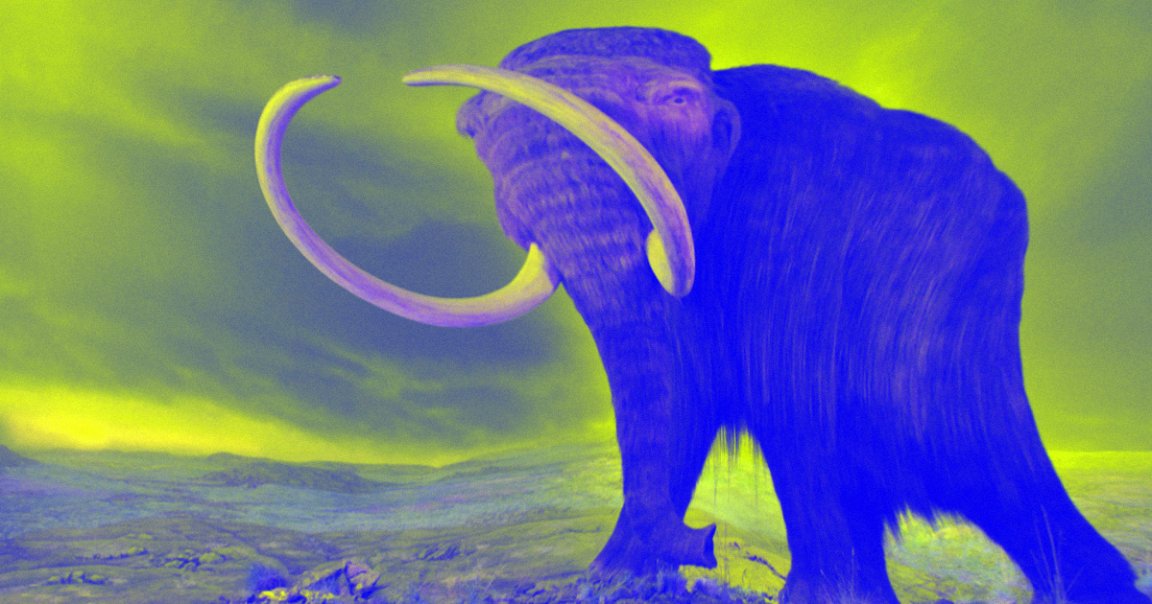
Woolly Broken
We know that the last of the woolly mammoths went extinct about 4,000 years ago, in Wrangel Island, in the Arctic Ocean, not far off the Siberian coast.
And in 2017, we learned that an “excess” of genomic effects plagued the last of this kind. Now, we know why: a hostile environment and inbreeding.
Woolly Bad
According to a study published earlier this month in journal Genome Biology and Evolution, Wrangel Island mammoth genes weren’t just bad — they were straight-up broken.
Per the authors of the study, a mammoth of Wrangel Island’s genome “had many putative deleterious mutations” that were “predicted to cause diverse behavioral and developmental defects.” Among them were infertility, motor skills, cognitive skills — like the ability to perceive smells like flowers accurately, messing with their ability to feed themselves correctly — and even diabetes.
Woolly Big Lesson
The genome sequenced came from a single woolly mammoth, so the researchers are looking for more to confirm their work.
But if there’s one crucial takeaway, University of Buffalo researcher Vincent Lynch, who worked on the study while at the University of Chicago, summed it up nicely: Don’t. Inbreed.
“Beyond suggesting that the last mammoths were probably an unhealthy population, it’s a cautionary tale for living species threatened with extinction: If their populations stay small, they too may accumulate deleterious mutations that can contribute to their extinction.”
READ MORE: Inbreeding among the last woolly mammoths may have led to extinction [CNN]
STUDY ABSTRACT: Functional architecture of deleterious genetic variants in the genome of a Wrangel Island mammoth [Oxford/GBE]
More on Woolly Mammoths: Scientists Just Came Closer Than Ever To Cloning a Woolly Mammoth